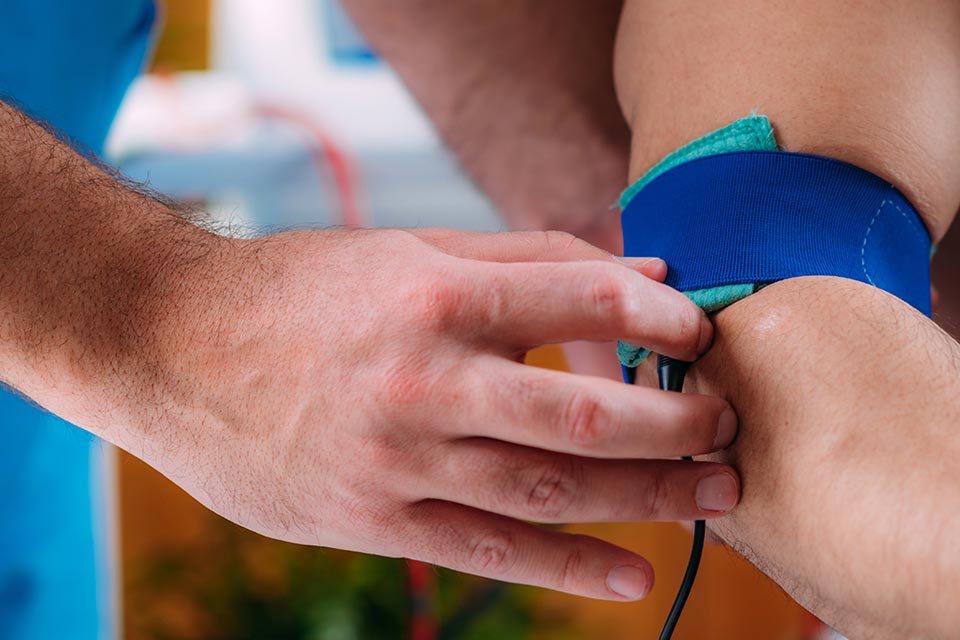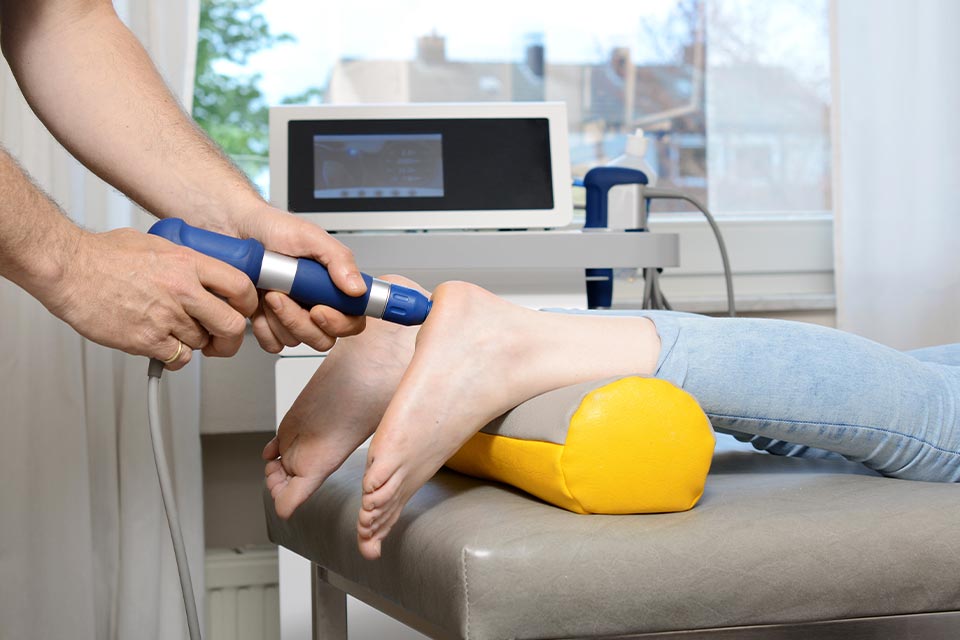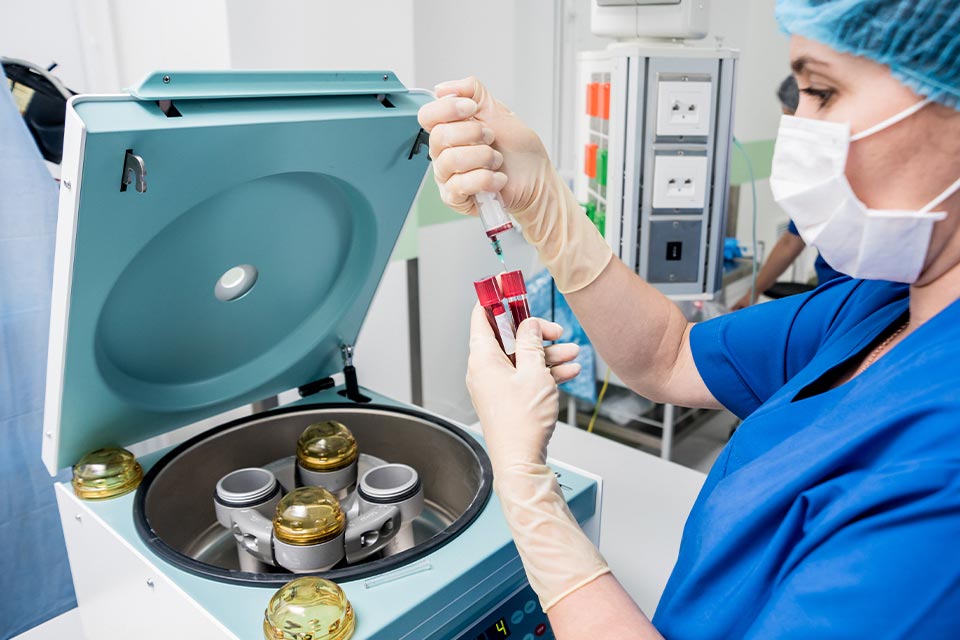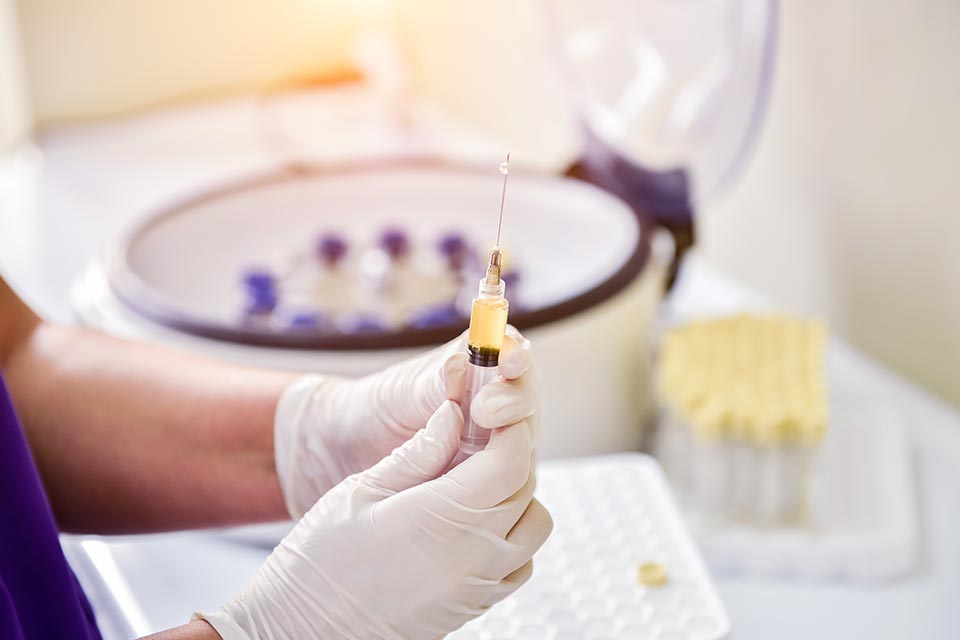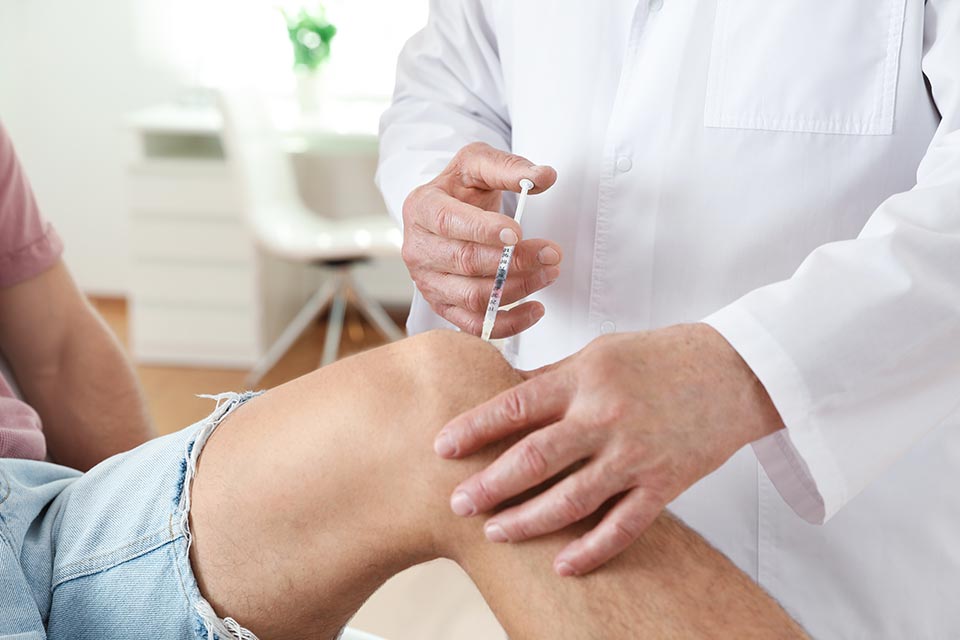Ballarat Orthopaedics & Sports Medicine
Rapid Recovery Surgery
Patient Expectations
A common misconception amongst patients and their families, is that patients undergoing joint replacements need to be in hospital for a week, and often need rehabilitation. The independent surgeons find however that 70% of patients are able to go home after one night in hospital, and a further 20% go home the next day. Improved mobilisation reduces the risk of blood clots, chest and other infections. The surgeons approach to pain management and early mobilisation achieves better outcomes and a positive hospital experience.
There is an international trend towards day surgery for joint replacement surgery. The surgeons believe they have all the necessary controls in place to do this in Ballarat, although during a pilot program, will be doing only Ballarat based patients for total joint replacements. They have already been doing partial joint replacements for Ballarat and out of town patients.
Estimating Discharge Day for Joint Replacements
The surgeons have been using their own scoring system to determine patients who are suitable for day surgery. Medical conditions need to be mild and well controlled, you need to live relatively close by, have someone at home, or someone prepared to stay the first night, you need to be reasonably mobile prior to surgery, not depressed or anxious, and calm about the idea of day surgery. You, or your carer, need to be able to apply compression stockings to wear during the day, and the surgery routine joint replacement.
A physiotherapy session is required to confirm your ability to use a crutch to walk after surgery. The surgeons find that folk that aren’t perfect in all of those regards are better being done in a hospital with an overnight bed available, or even book a bed for the night.
Patients that don’t come close to achieving three items might be wise to have rehabilitation after surgery. Surgeons consider and score every patient, and have a discharge plan prior to admission to hospital. There are a good number of patients in their late 80s & early 90’s go directly home only two days after surgery.
Our Approach To Blood Thinners
Injection treatments (e.g. clexane) for two to five weeks was popularised twenty years ago. The evidence for its effectiveness has been seriously questioned. For normal patients, a small dose of aspirin is just as effective, and seems to reduce cardiac and stroke events. A paper published in Denmark indicates that normal patients, with a hospital stay of less than five days, should cease any injection treatment on discharge.
The surgeons define normal patients as not having a history of blood clots, or a family history of blood clots, and no known blood clotting disorders. For higher risk patients, they stratify the risk and provide more aggressive treatment.
For normal patients low dose aspirin and class two compression stockings are used. For hip replacements it is rare to see DVT’s. In knee replacements, small DVT’s are seen 20% of the time, and are treated with the same compression stocking, and the same aspirin dose.
Avoiding Narcotics After Joint Replacement
Whilst the operation is being performed, your surgeon will inject around the joint with a combination of drugs. This ensures when you wake, you will be relatively comfortable, and you will be able to begin to mobilise two hours after surgery. In addition, some pain relieving & anti-inflammatory tablets and a pain patch (Norspan) will be used. Surgeons have found for almost all patients, they can avoid using short acting narcotics. Avoiding narcotics reduces hospital stay, constipation, sleep disturbance and chronic pain problems.
Rapid Recovery Outside of Joint Replacement
The philosophy of Rapid Recovery Surgery also extends to other surgery including injury management. Ankle fractures were historically treated with the patient using crutches for six weeks before weight bearing was permitted. With the introduction of new techniques, weight bearing can commence once the wounds have healed (about two weeks) and the joint can be exercised through a range of movement. At six weeks the majority of injuries can be “ready to go”. Achilles ruptures, wrist fractures, shoulder surgery, and virtually all orthopaedic treatments benefit from this approach.
Useful Information
-
Novar Specialist Healthcare
109 Webster Street
Lake Wendouree VIC 3350 - T | 03 5332 2969
- F | 03 5332 2003
- admin@ballaratosm.com.au
References:
LB Oldmeadow, H McBunney, V Robertson.
Predicting risk of extended inpatient rehabilitation after hip or knee arthroplasty. J Arth 2003;18-6:775-9
EO Pearse, BF Caldwell, RJ Lockwood, J Hollard, Early mobilisation after conventional knee replacement may reduce the risk of postoperative venous thromboembolism. JBJS (Br) 2007, 89-B: 316-22
Eva N Glassou, Alma B Pedersen, and Torben B Hansen
Risk of re-admission, reoperation, and mortality within 90 days of total hip and knee arthroplasty in fast-track departments in Denmark from 2005 to 201. Acta Orthopaedica 2014; 85 (5): 493–500 493
Leading Treatments & Surgeries in Ballarat
- All
- Sports Medicine
- Orthopaedics
- Novar Specialists















